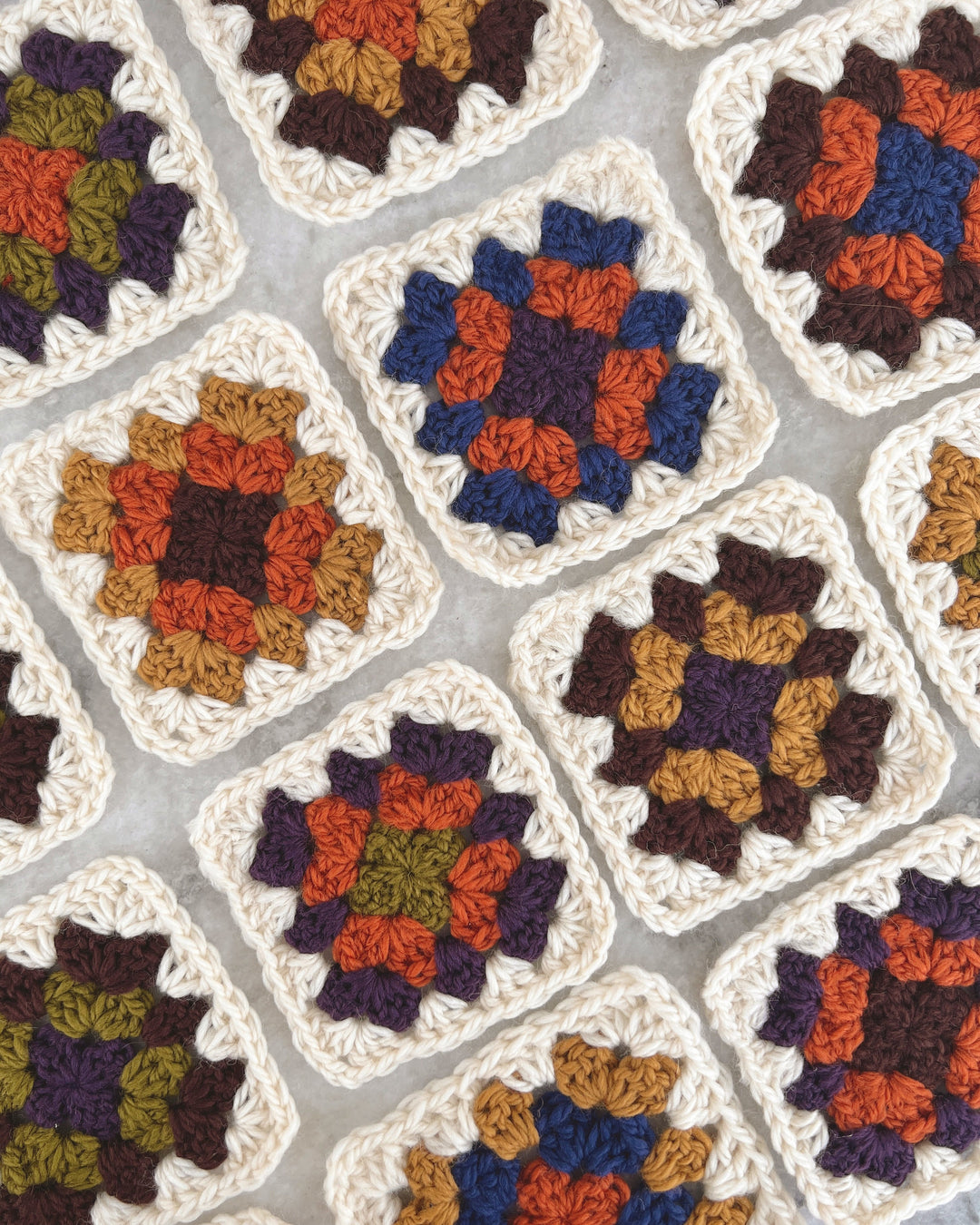Armoire Refinish
For my first furniture refinish I would like to share one of the most daunting pieces I have ever made, an armoire. This piece took me almost an entire week and cost a lot to do. Thankfully, because of this I learned a lot and would like to share it with you!
To begin, I found this armoire for sale on Craigslist. I love Craigslist and all the random things that you can find on there. Used furniture can make for some serious hidden treasure.
To begin, I did a few quick edits in Photoshop to really visualize what it could look like. I was super interested in tile at the time so I wanted to make sure the piece had an area for me to inlay tile, this armoire fit the deal and after some quick edits I was sure this was a piece I needed.
After I picked up the armoire, I began sanding. I chose not to strip the finish because it was actually a thick veneer and I was worried what the stripping could do to the adhesive. I also didn't want any of the kids in my family to come into contact with the harsh chemicals of the stripping agents. Be warned, sanding took me a very long time. I have always been warned about sanding veneer but in this case it was thick enough and high enough quality that I had no issues whatsoever.
The hard part about sanding this piece was the thick, gloss finish. When sanding this type of finish, the sandpaper tends to get gunked up and not work well. Since I sanded for so long, I was able to really experiment with which kind of sandpaper lasted the longest and was the best value. The best sandpaper I found was Ali Industries Gator sandpaper. This was honestly the only sandpaper I could use for extended periods of time without running into problems. I also linked below the sander I used. I tried out a couple different sanders in the process and preferred the ⅓ sheet finishing sander because of the big surface area for sanding.
Once all of the flat surfaces on the armoire were sanded, I still needed to figure out a way to sand the fine detail spots. I read online that a good way to check what kind of finish was on your piece of furniture was to use some acetone nail polish remover on a cotton ball and if it removed, you knew you had a varnish. I had done this earlier when I was considering stripping and discovered that the finish was indeed a varnish. Since many resources told me I could test this with acetone I didn't see why I couldn't remove very small spots with just acetone. This worked perfectly, I was able to strip all detail spots easily and with my bare hands!
Finally, I was able to begin staining! I decided to use Minwax Wood Finish Stain in Dark Walnut. I wanted to make sure my work would be protected with a finishing stain. This product also said that it enhanced the natural wood grain which I loved because I really appreciate the grain in wood.
I was very pleased with the color of the first coat but knew I definitely needed to do another coat for a completely even color. This stain did dry very fast so I had to work quickly.
For the inside of the armoire, I chose an off white paint color to bring in light and accent the tiles. I also painted the interior of the drawer the same color. I used Dutch Boy Refresh Paint with Arm and Hammer. I really liked the claims that this paint reduced odors because I didn't want the armoire to ever get a stuffy smell or a chemical smell from the stain. So far I really like this paint, no odors at all!
In my original photoshop image, I showed that I wanted this armoire refinished with Mother of Pearl tiles in the inlay. After doing some shopping, I found that these tiles are quite expensive and can be slightly transparent. Instead, I looked at marble tile (which was surprisingly quite cheaper) and found that this is very thick tile cut to at least ¼ inch. I needed tile that was ⅜ inch or less to work with the inlay, leaving my only option to be porcelain tile made to look like marble. I purchased my tiles at a store that would cut them for me.
To adhere the tiles I used a very strong construction adhesive and sanded caulk. These were easy to use with a caulking gun. I was sure to leave the tiles in place for 24 hours to really let the adhesive dry before I caulked the edges.
The tiles really brought the armoire together and made it look like a uniquely designed piece of furniture. I was very pleased with how everything turned out and all pieces complimented each other. For the finishing touch, I wiped everything down and added crystal knobs. I think it turned out great!










